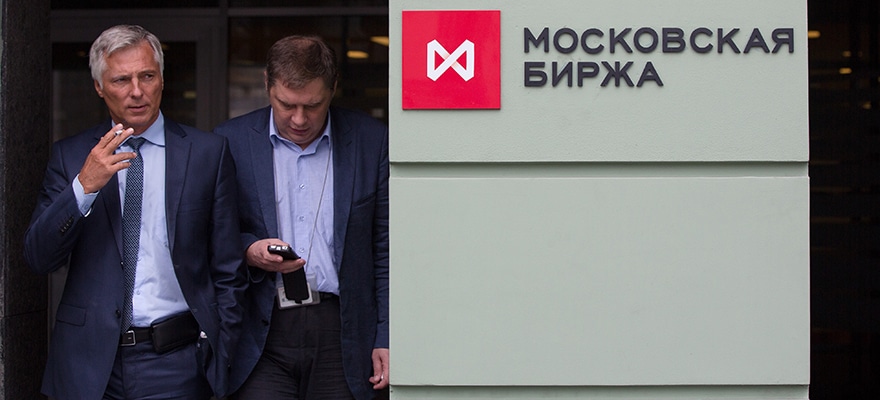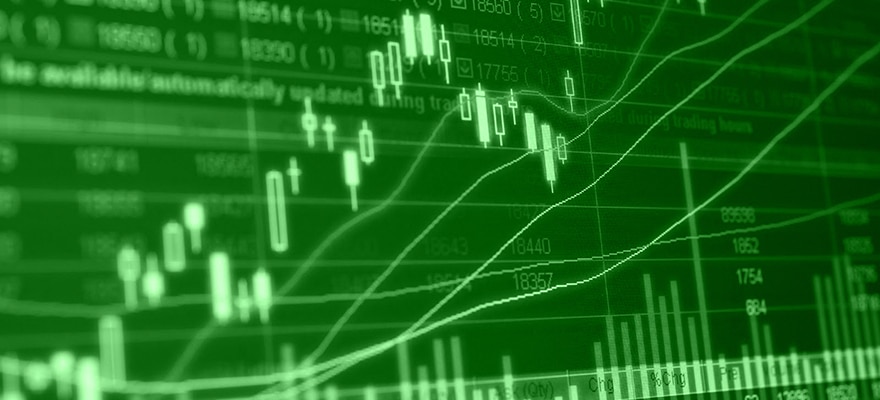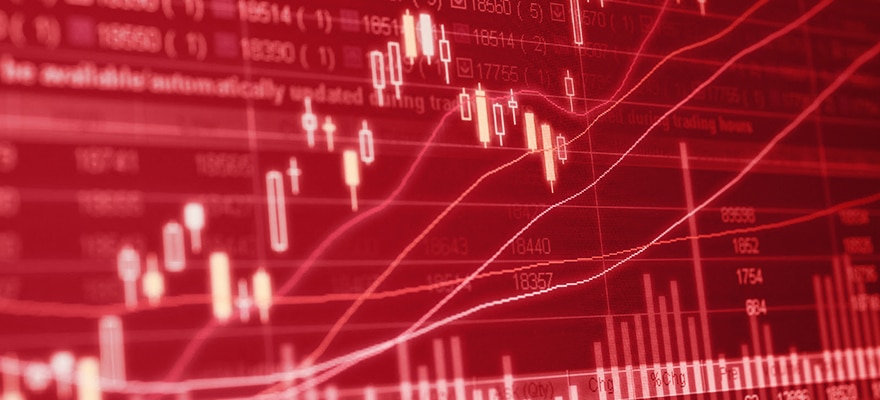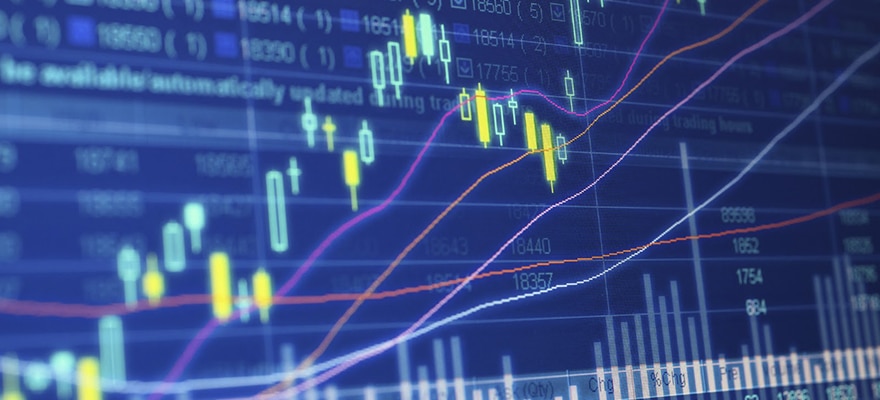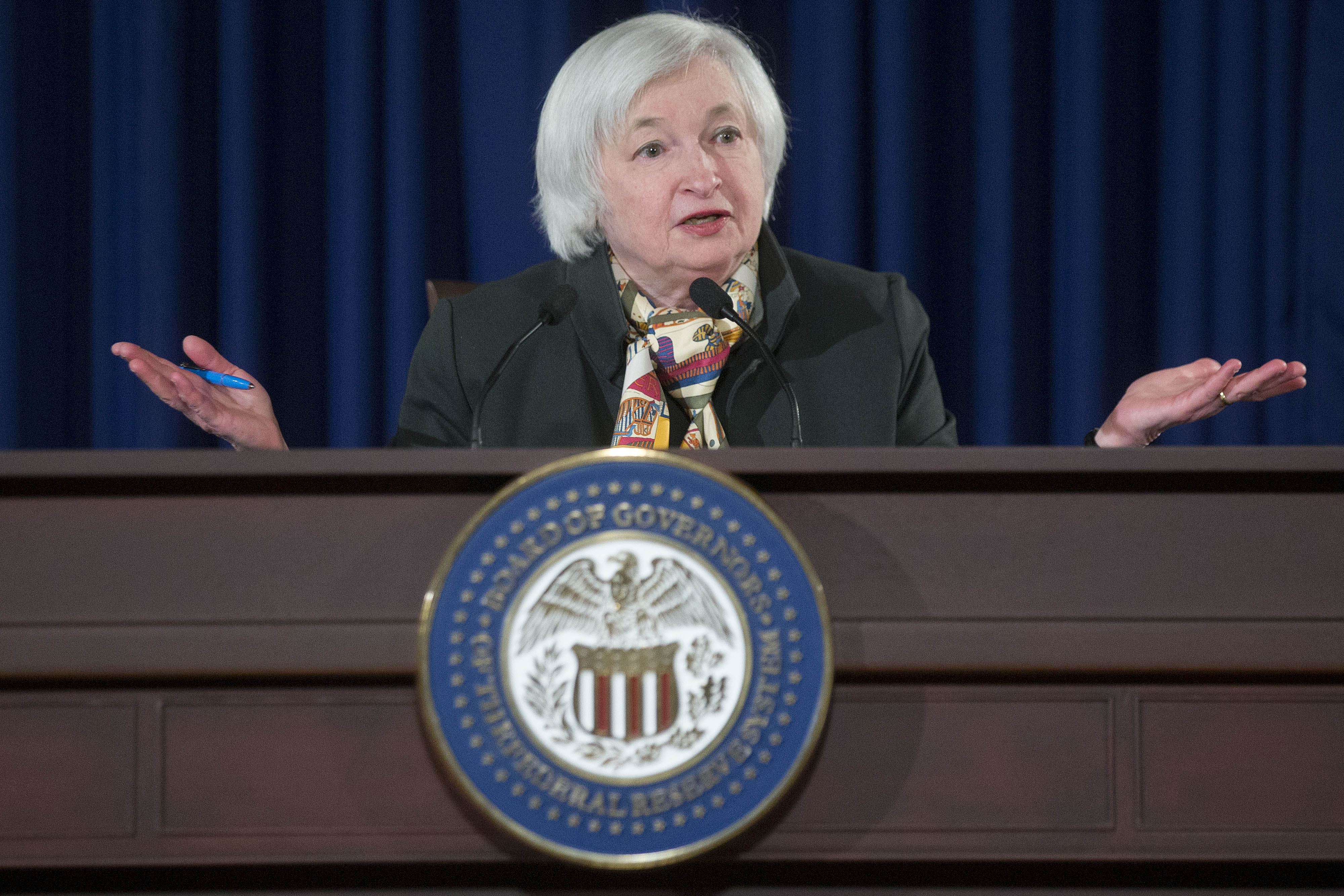Over the past few years, Moscow has been considered as a major place for HFT funds, so in the month of June 2015 I decided to go there and meet with top fund brokers and exchange officials to learn more about HFT at the Moscow Exchange.
Now comes the Technology part. Moscow Exchange has in place world-class technology, and it provided Naked DMA access through Exchange Native or FIX API , along with Raw Market data through Exchange API. The venue also boasts world-class CO-Location Data Centre at M1, with all facilities for HFT Funds. Cross Country Arbitrage Moscow is very well connected with the world financial hub of London, including centres from LD4 to LSE with Lowest possible Leased lines ( 37.1ms Round Trip Via Avelacom Moscow based Low latency Leased line provider).
As we all know, automation and new technologies like HFT and MM have changed the landscape of traditional trading systems. Algorithmic trading using HFT is one of the most widely used computerized automated systems and is very popular among traders and investors. The basic concept of algorithmic trading using HFT is to slice an order in such a manner that its impact on the market will be minimal. Also, by using HFT methods traders try to get in and out from market in sub-millisecond time.
The Moscow Exchange estimates HFT to be 45 percent of total trading volume
Using mathematical models and real-time market data, algorithms can determine both the optimum size of the order and its time of submission to the market. This minimizes the impact of the order on the market. The volume of trades using algorithmic trading HFT models has been steadily increasing over the past few years.
The Moscow Exchange estimates HFT to be 45 percent of total trading volume, but expects this figure to rise significantly. Other estimates put HFT at 35 percent of equity volume, 40 percent above that of derivatives and FX is estimated to be more than 50% in 2014- 15.
A fact about the Moscow Exchange as an HFT fund is that they are well regulated, a world-class settlement and technology systems exchange. According to the World Federation of Exchanges (WFE), the Moscow Exchange is the world's number two exchange in fixed income asset class trading, number 5 in derivatives trading, number 1 in FX HFT trading and number 14 in market capitalization.
Assets and Costs
The best part is that the Russian government provides complete support to the Moscow Exchange as they would like the Russian Exchange to become the leading exchange in the world. Therefore, the government has opened a window for High Frequency Trading, Market Makers and Foreign Trading Funds in Moscow and it's really surprising to know that almost all top HFT Trading Funds from all over the world are active there.
Most liquid asset classes for HFT players at MICEX are available under Equities, Derivatives and Currency
During my visit I met with top HFT funds and brokers, the majority of them are in Moscow and St. Petersburg. According to the information we gathered, most liquid asset classes for HFT players at MICEX are available under Equities, Derivatives and Currency.
In Derivatives, Index Futures are traded by HFT funds. In Currency Futures, 90% of HFT players are active in that space. The most liquid HFT asset class at Moscow Exchange is FX.
In Equities market, there is a single stock arbitrage b/w London (LSE) and Moscow (MOEX). For a three-way arbitrage, there is also good Liquidity in single stock futures (FORTS). There are also various other strategies that are active at Moscow, such as Delta One strategies & Arbitrage Strategies, but the major arbitrage is in between LSE & MOEX Stocks, EBS London & MOEX FX Spot.
I met with top three brokers there, almost all brokers are FCA regulated and have offices in London, so you can open an account with them in London and trade HFT at Moscow. They assist you in clearing the government's KYC as well as providing the necessary information.
The costs involved with starting HFT trading at the Moscow Exchange are not so large. The one-time cost is not more than 50,000 INR (under $800) plus hardware cost and the yearly expenses are around 6-7 Lac INR ($9,000-$11,000). As far as the brokerages are concerned, it totally depends upon the volume you create.
